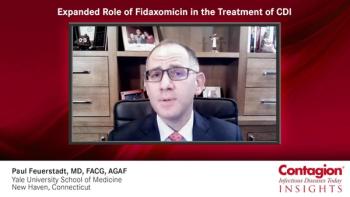
News

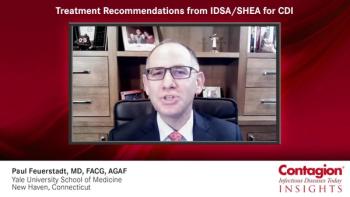
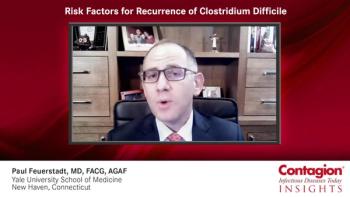

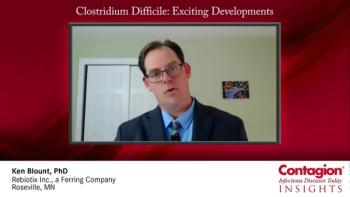

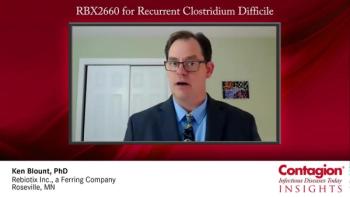

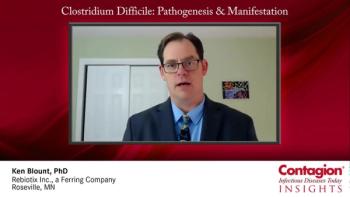
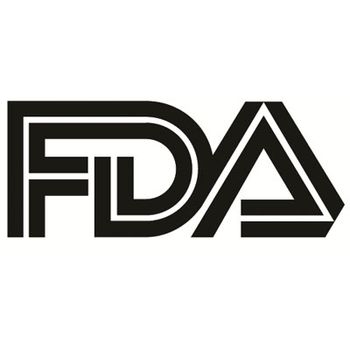
For the first time, prescribed users at suspected risk of COVID-19 can receive rapid results from home.

The US Food and Drug Administration has granted breakthrough therapy designation for an investigational drug, a long-acting, injectable cabotegravir for HIV pre-exposure-prophylaxis (PrEP).
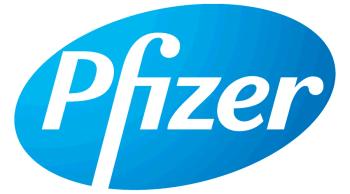
The investigational vaccine is being reported as 95% effective.

SARS-CoV-2 outbreaks on 16 different mink farms in the Netherlands have been identified showing transmission between humans and minks.
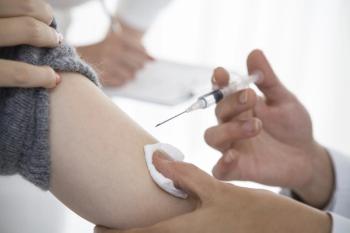
The data comes from a phase 1/2 trial with the CoronaVac vaccine.

More than 13 million children did not receive their first DTP vaccine dose in 2019—and investigators anticipate the 2020 rate will be worse.

A survey of clinicians found that despite planning for resource limitations during the coronavirus 2019 (COVID-19) pandemic, clinicians still faced difficult decisions at bedside.

New study finds casual links between obese people and the potential for a higher risk of COVID-19 infection

Non-pharmaceutical interventions (NPIs) are not only effective against COVID-19, but also respiratory infections.
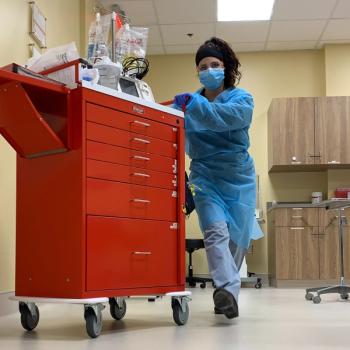
Phase 2 data hints the immune response-modulating therapy could play a role in burdened hospital settings.

Further evidence demonstrating the lack of efficacy of hydroxychloroquine as a treatment for coronavirus disease 2019 (COVID-19) was detailed in a new randomized, multicenter, blinded, placebo-controlled study published in JAMA.
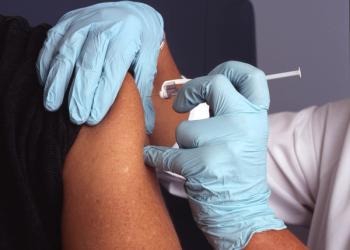
Data show none of the treated volunteers to develop COVID-19 experienced a severe form of the disease, versus 11 given placebo.
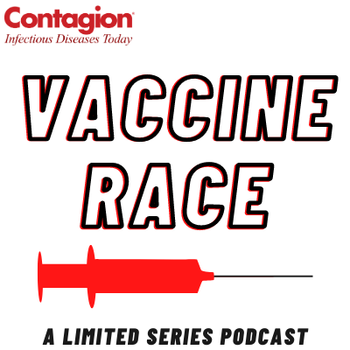
The Vanderbilt Professor of Preventive Medicine shares thoughts on the first potential COVID-19 vaccine, at a time of record new daily cases.
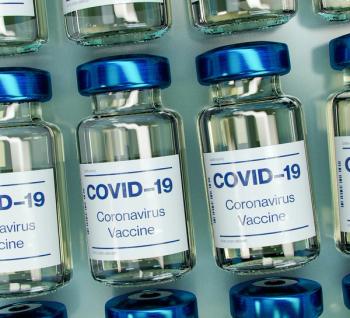
The biotechnology has reached it COVID-19 case accrual mark, and announced plans to submit data to an independent review board.
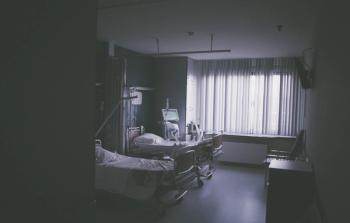
Findings from Michigan show financial, mental health, and cardiopulmonary impacts are prevalent in patients 2 months after hospital care.

Blood pressure medication adherence should continue for patients with COVID-19, and atrial fibrillation and atrial flutter can worsen outcomes in hospitalized COVID-19 patients.

HIV care has made leaps and bounds over the past few years. New guidance for primary care physicians addresses these changes and acknowledges the diversity and complexity of individuals with HIV.

Findings highlight the importance of limiting “nondiscriminate broad-spectrum antibiotic exposures.”

Large cohort study quantifies risk for hospital admission for COVID-19 among healthcare workers and members of their households.

CDC and WHO Data shows a 50% increase worldwide from 3 years ago.

A study looking at these 2 populations in a hospital setting offers some positive news.
